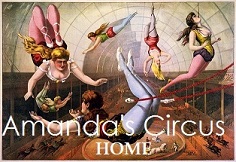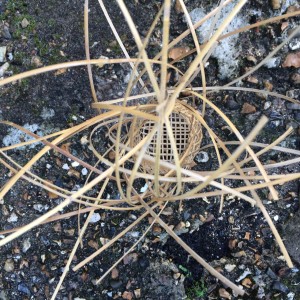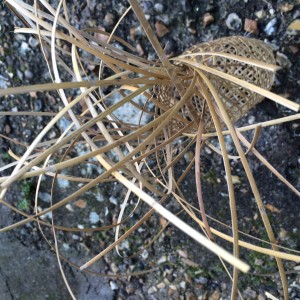Meeting Consuelo Simpson
Over the next weeks, I’m hoping to interview some of the writers and artists involved in 10 Days (if they’ll put up with me). Yesterday, I was lucky enough to visit artist, Consuelo Simpson, in her Hampshire studio.
Consuelo is inspired by this quote from The Old Ways
‘A chalky mysticism established itself, a belief that it was a superconductor of the sympathetic historical mind, allowing simultaneities and compassions to reach out across millennia.’ (MacFarlane, 2013)
I find that fascinating and I love the images I’ve seen of Consuelo Simpson’s vessels, they look so fragile and yet durable – they blend energy with lightness and chaos with control. I was also intrigued by her fascination with Roman pots and wondered about the connections.
Consuelo’s studio seems even brighter than daylight. Her two dogs wander across the lawn and visit us as we drink our coffees. Almost the first thing Consuelo does is hand me one of her vessels.
I love the feel of it. It’s so light, it’s like holding air. I can’t help smiling. It feels wonderful, and with its wild, looping canes, it’s as if it might fly off. It’s precious and fragile and yet with a mind of its own. The loops are graceful and even when they’re still, there’s a sense that they might be about to twirl. They’re enigmatic, and I wonder what these loose, airy vessels might contain.
Consuelo uncovers the piece she is working on. Long lengths of cane are laid out as a cross on the table. She has already begun weaving the centre. The cane is unwieldy. It doesn’t want to stay, it isn’t in its nature to comply. She takes a needle and thread and begins securing the weave before she lifts the corners.
As she works at one end of her table, Consuelo tells me about the cane, about soaking it in the bath so that she can manipulate the long, unwieldy strands but the trouble is, cane is weaker when damp and sometimes it develops a kink as she works. She’s not happy with these kinks. She shows me one – it is a tiny crease. ‘It’s badly-behaved,’ she says. But the kink seems so small. How can it be so resistant? As she works, I can see what she means. The rest of that particular cane isn’t quite as bendy and wild as the others. If it breaks, or if she’s not satisfied with its ‘behaviour’, she’ll need to start all over again, she says.
Consuelo tells me about handling the Roman vessels which form part of the Hampshire Museum collection, about how she felt a connection as she placed her thumbs and fingers where those Roman potters had placed theirs so very long ago. It’s exciting and very inspiring to hear her talk. She says: ‘I was particularly struck by the scale of them, their humanity. They are so obviously everyday objects, made to be used in a home setting and I found this very touching: the thought that women (mostly, probably) used these day to day while going about the business of looking after their home and families. In spite of their utilitarian nature, many of the pots show traces of decoration (incised patterns, burnishing, painted slip), a reminder of the very human need to do the best we can and to make things as well as we can, a reminder that we all hold on to hope and aspire to good and better for those close to us.’ These Roman vessels were, perhaps, perfume bottles, and she says she noticed that they seemed polished around the neck and lip and that the Romans polished them with bone.
Consuelo’s wider practice is rooted in the place where she lives and she says: ‘it is my intention to celebrate the ordinary and the everyday, to appreciate the present emerging from traces of the past and to trust in the future, however uncertain it may seem.’
Consuelo walks most days and it is while she’s walking that she forms her ideas and makes plans. While these ideas build up, she’ll engage in other activities, perhaps making cards or work on a different project. She carries on like this until a great wave builds. And as the wave breaks and crashes, she begins work in the whoosh of it all.
As Consuelo works she talks about the cane. I can see that she’s exploring its character and its limits as she twists, and ensures that she hasn’t missed a weave, and she’s also deciding how much she is going to control it, how much she is going to let it do as it wants, how much freedom to give it. As the work progresses, she says it becomes increasingly difficult to make it comply. And perhaps this airy looseness in the finished vessel comes from the tension that’s created as Consuelo works.
She says that the character of each vessel is very different. And although the material and method is the same for every vessel, as each one grows, she feels differently about it. She says: ‘with each vessel I’m wondering, what are you going to be like?’
But what do her vessels contain? Finally, she tells me the secret.
‘Oh,’ she says, ‘ideas, and thoughts.’ She looks at me and smiles. ‘They’re populated with people, and plans and hopes, an anticipation for the future.’
Thank you so much, Consuelo, for showing me your work and making me welcome. I can’t wait to see your Museum exhibit in October.






